Disney has been crafting animated films for almost a century, so it’s no wonder that the older movies have dated characters and archetypes. Times have changed, and that means that lovable characters from ages past might not be acceptable today.

Some Disney classics come from a time in America where racism and sexism were still widespread, and many early characters reflect that. So what are some of these Disney characters that would so not be okay today? Some of them might come from more recent films than you think!
Here’s our list of nine Disney characters that would so not be okay today!
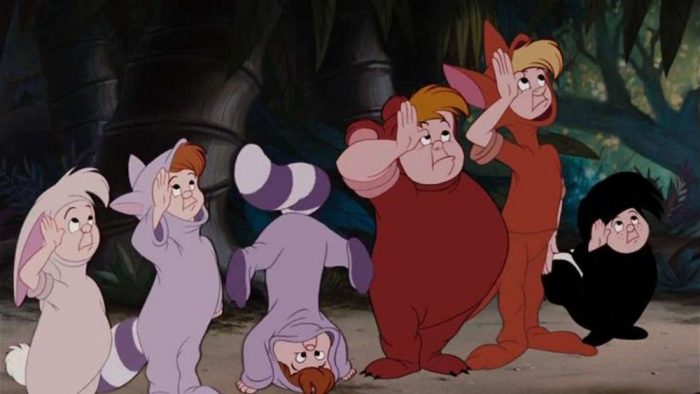
Snow White — Snow White and the Seven Dwarfs (1937)
Ahh yes, the most iconic Disney movie of all time. Snow White and the Seven Dwarfs made history as the first full-length animated feature film in history. However, Snow White herself would never fly in a Disney movie today.

The whole film centers around a grown woman (the evil queen) attempting to murder a young girl because of her looks. Snow White plays into traditional and dated roles of cleaning up after messy and hard-working men. What’s more, the movie ends with a stranger kissing an unconscious Snow (and she’s only 14)!

Though these themes seem classic, there would certainly be uproar if a Disney film created a character like Snow White today. Can you imagine Elsa spending all of her movie as a weak-willed damsel just to be kissed by a creepy stranger without her knowledge or consent? Neither can we!

Sunflower the Centaur — Fantasia (1940)
Sunflower is probably one of the most famous examples of Disney racism, even though Disney has tried their hardest to erase her from history.
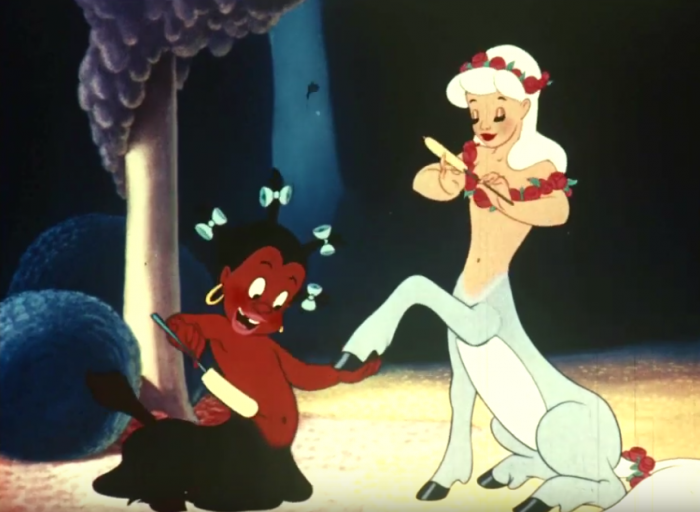
In the first release of Fantasia in 1940, one of the scenes, “The Pastoral Symphony,” features Sunflower the Centaur. She is a squat caricature of a dark-skinned girl who grooms the fairer centaurs around her.
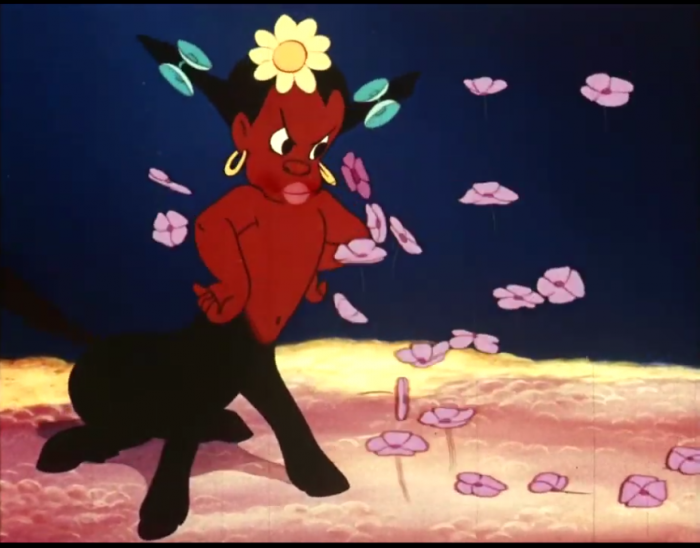
Though Sunflower appeared in the original theatrical release of Fantasia she never made it to any other releases. Disney found out very quickly that Sunflower perpetuated negative racial stereotypes of Black Americans. Now, the scenes from “The Pastoral Symphony” have been edited to crop her out.
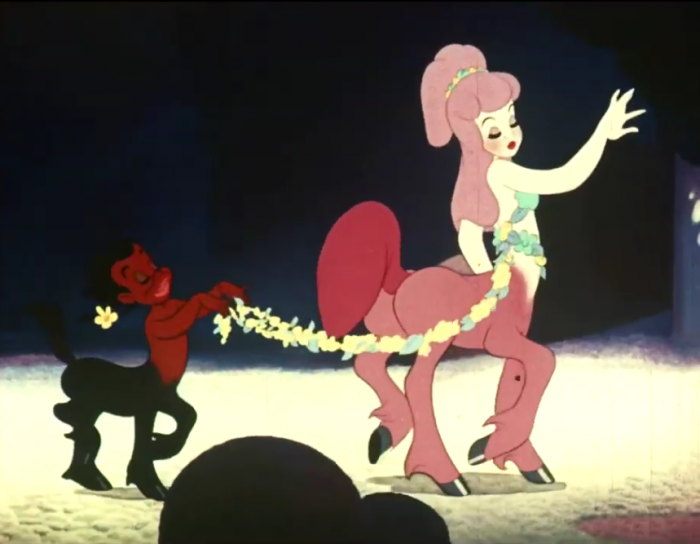
Such a blatant caricature of a race, like Sunflower, would never be acceptable today!
The Crows — Dumbo (1941)
Speaking of caricatures of a race, the crows in Dumbo certainly perpetuate some antiquated archetypes of Black Americans.
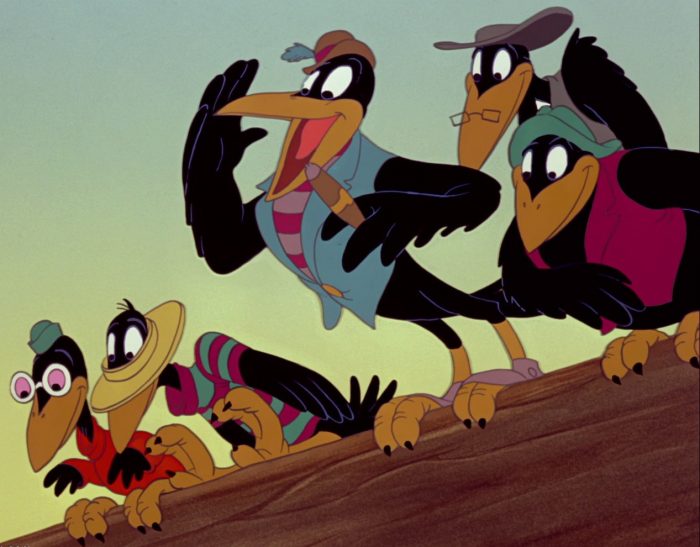
Not only were the crows voiced by white actors impersonating jive speak, their performance of “When I See An Elephant Fly” has been compared to 19th century minstrel shows. Minstrel shows were comedy acts that depicted white actors in blackface that made light of negative African stereotypes. Yikes.

To top it off, the lead crow is named after the set of laws in place at the time that encouraged segregation and the mistreatment of Black Americans, Jim Crow. There’s no way these crows would be socially acceptable today.
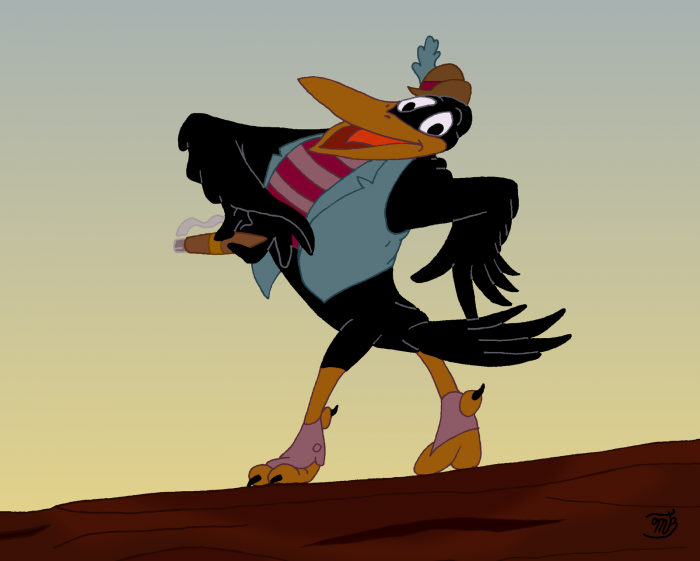
Uncle Remus — Song of the South (1946)
Song of the South is one of the most famously racist Disney movies, and Uncle Remus would surely not be accepted today. In fact, Song of the South is not distributed for this very reason!

The film has been criticized for showing an idealized version of slavery and black service to white people. It takes place in a happy version of antebellum America where Black Americans continue to take the place of servants to white people. Not exactly the image you’d want to see in a kids movie (or an adult movie or any movie, really).

Add that to the fact that Uncle Remus essentially passes on his knowledge and stories to Johnny, a young white boy, so that he can mature and grow while Uncle Remus stays a content servant, and the whole thing gets dodgy.
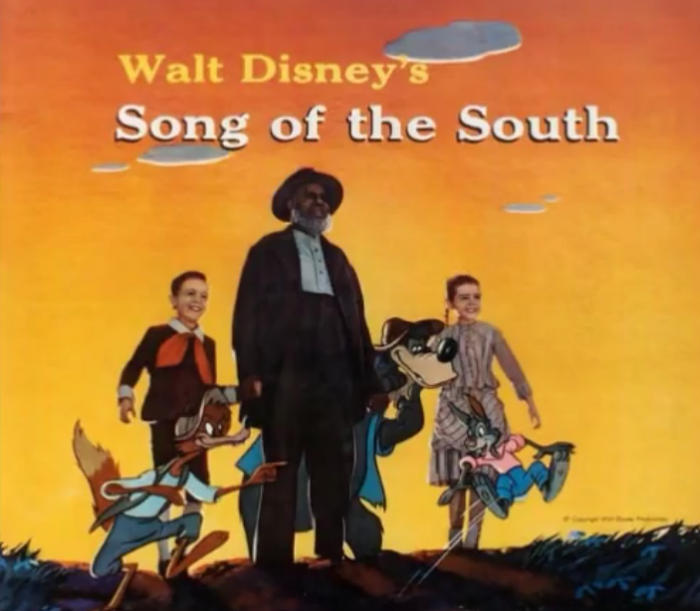
Tiger Lily — Peter Pan (1953)
The caricatures of Native Americans in Peter Pan is downright offensive and would cause an uproar today.
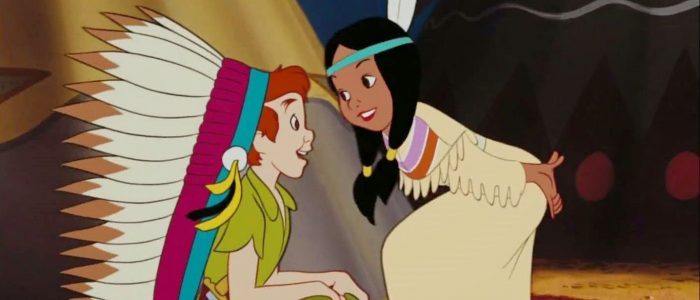
The film sports a cringe-worthy song called “What Makes the Red Man Red” that purports all sorts of racial stereotypes about Native Americans. In fact, it ropes together dozens of Native American cultures under the dismissive term of “Indians.”
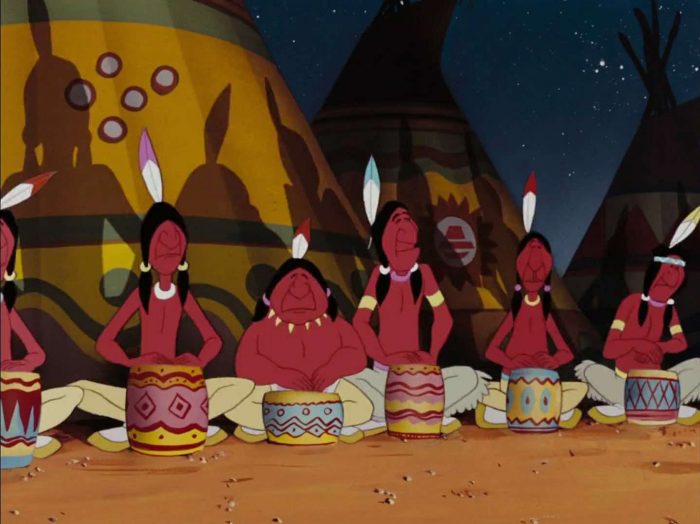
Tiger Lily, of course, would never be okay today. A beautiful native girl who is rescued by a group of white kids and surrounded by dramatic caricatures of native people? No way!

The characters are even depicted speaking gibberish, whooping and hollering, and talking about scalping. Sheesh.
The Siamese Cats — Lady and the Tramp (1955) and Aristocats (1970)
Interestingly enough, Disney has used Siamese cats to portray harmful Asian stereotypes not once, but twice in their feature films! The Siamese twins in Lady and the Tramp and the Siamese alley cat in Aristocats are both pretty cringe-y to watch.

The Disney renditions depict the Siamese cats with slanted eyes and buck teeth, both features commonly used in Asian stereotypes. They also sport thick Asian accents. The alley cat even sings “Shanghai, Hong Kong, Egg Foo Young, fortune cookie always wrong” while playing the piano with chopsticks.
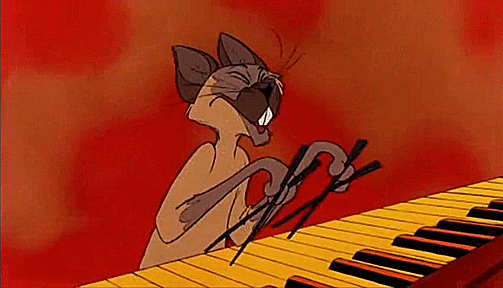
No shock here that these racially-charged characters would be a no-go today. In fact, later releases of Lady and the Tramp had the buck teeth edited out. It’s likely the evil twin cats in the upcoming live action Lady and the Tramp will be much less stereotypical, too.

Sebastian — The Little Mermaid (1989)
You are likely unsurprised to discover that even movies from as recent as the ’80s and ’90s had some characters who wouldn’t pass in today’s society. Take everyone’s favorite undersea crab, for instance.

Sebastian is pretty unoffensive compared to some of the earlier entries on this list, but that doesn’t change the fact that he sings about being lazy and not wanting to work through a thick Jamaican accent.
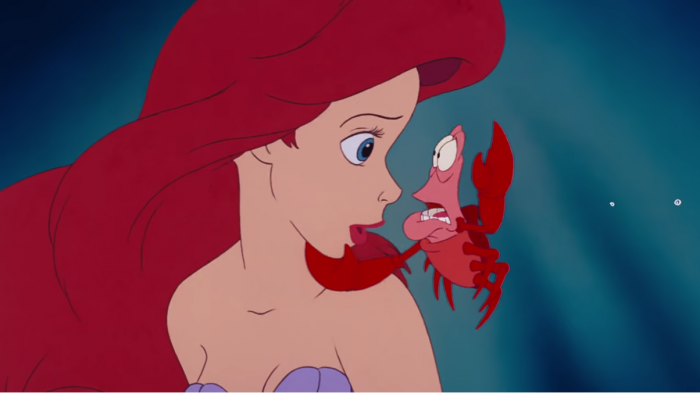
Still, this is a subtle stereotype and maybe a reach… except for the fact that the depictions of certain fish during under “Under the Sea” are pretty offensive. The blackfish definitely presents a fishy archetypal version of an African American soul singer.
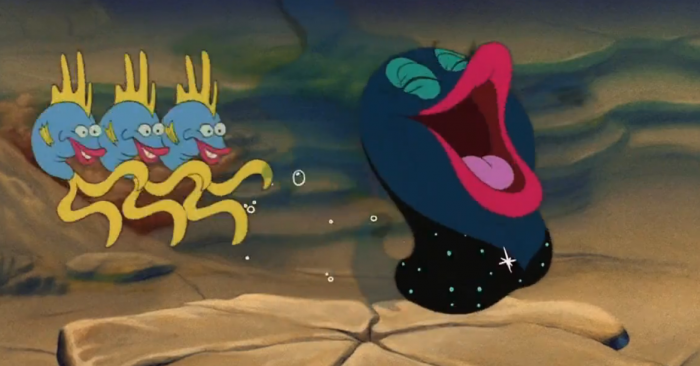
The Merchant — Aladdin (1992)
You might be surprised to see a movie as recent as Aladdin on this list, but sure enough, the Arabian merchant at the beginning of the movie portrays some seriously negative stereotypes about Middle Eastern people.
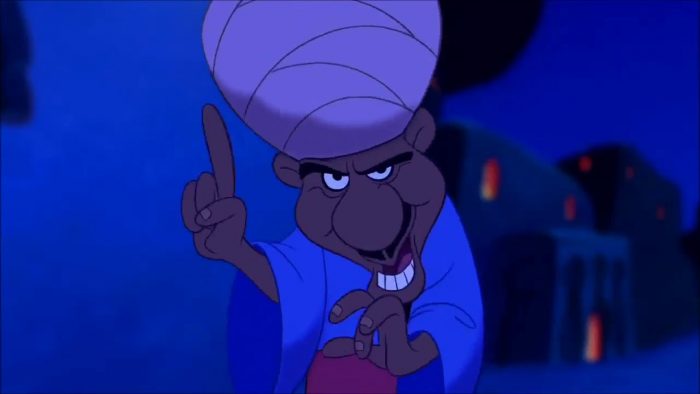
In fact, there was even a lyric change in “Arabian Nights” to remove mention of a place “where they cut off your ear if they don’t like your face.” The song actually refers to Arab countries as “barbaric,” a harmful and significantly westernized view.

Of course, the merchant was completely removed from the recent Broadway adaptation as well as the live action Aladdin. This change probably happened both to simplify the intro and to avoid any chance of being unacceptable to today’s audiences.
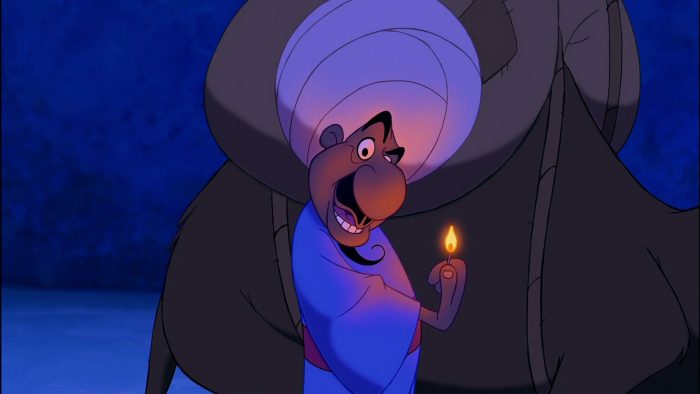
John Smith — Pocahontas (1995)
Last, but certainly not least, is a Disney film known for being an insult to history, even if it’s hard not to appreciate the classic love story.

Pocahontas is full of historical inaccuracies, and a lot of the aspects of John Smith and Pocahontas’ relationship are questionable. Certainly the love story is historically inaccurate and does a lot to romanticize colonization.

Though this film might be a step forward from Song of the South, John Smith represents a dangerous fictionalization of actual events. Consider the on-going discrimination and violence toward native populations in America today. It’s no wonder that John Smith wouldn’t be okay in current times.
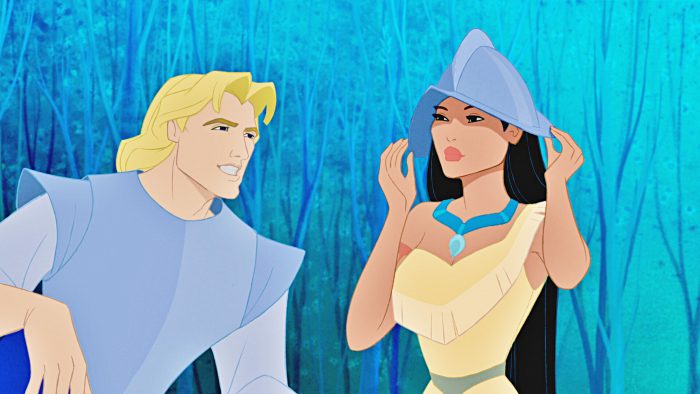
So, there you have it — nine Disney characters who would so not be okay today. Though we love the classics, it’s refreshing to see that Disney is moving forward with more ethnically representative stories and stronger characters from marginalized groups!
What past Disney characters do you find cringe-worthy when you think about it? Tell us your thoughts in the comments!
Join the AllEars.net Newsletter to stay on top of ALL the breaking Disney News! You'll also get access to AllEars tips, reviews, trivia, and MORE! Click here to Subscribe!







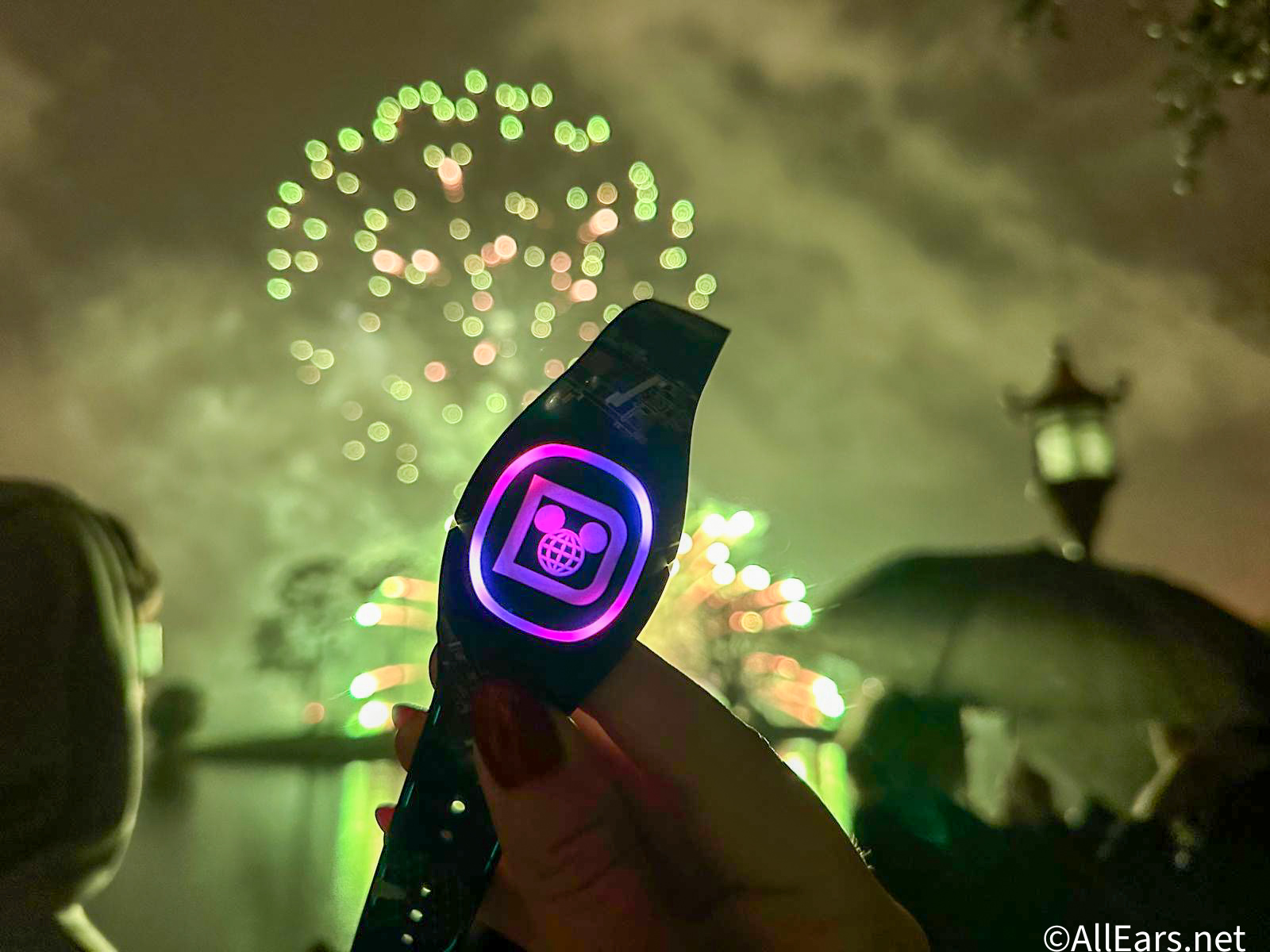
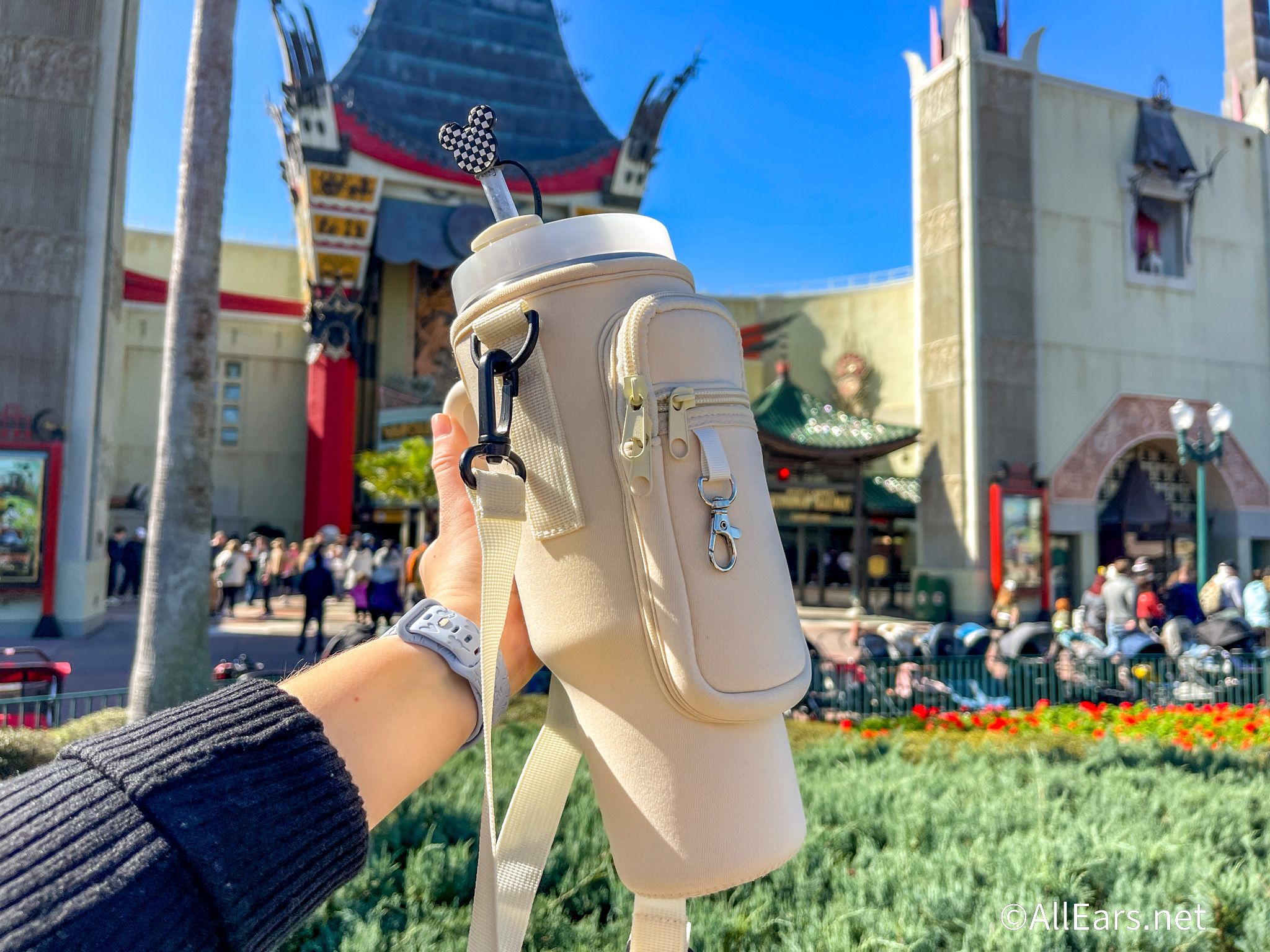
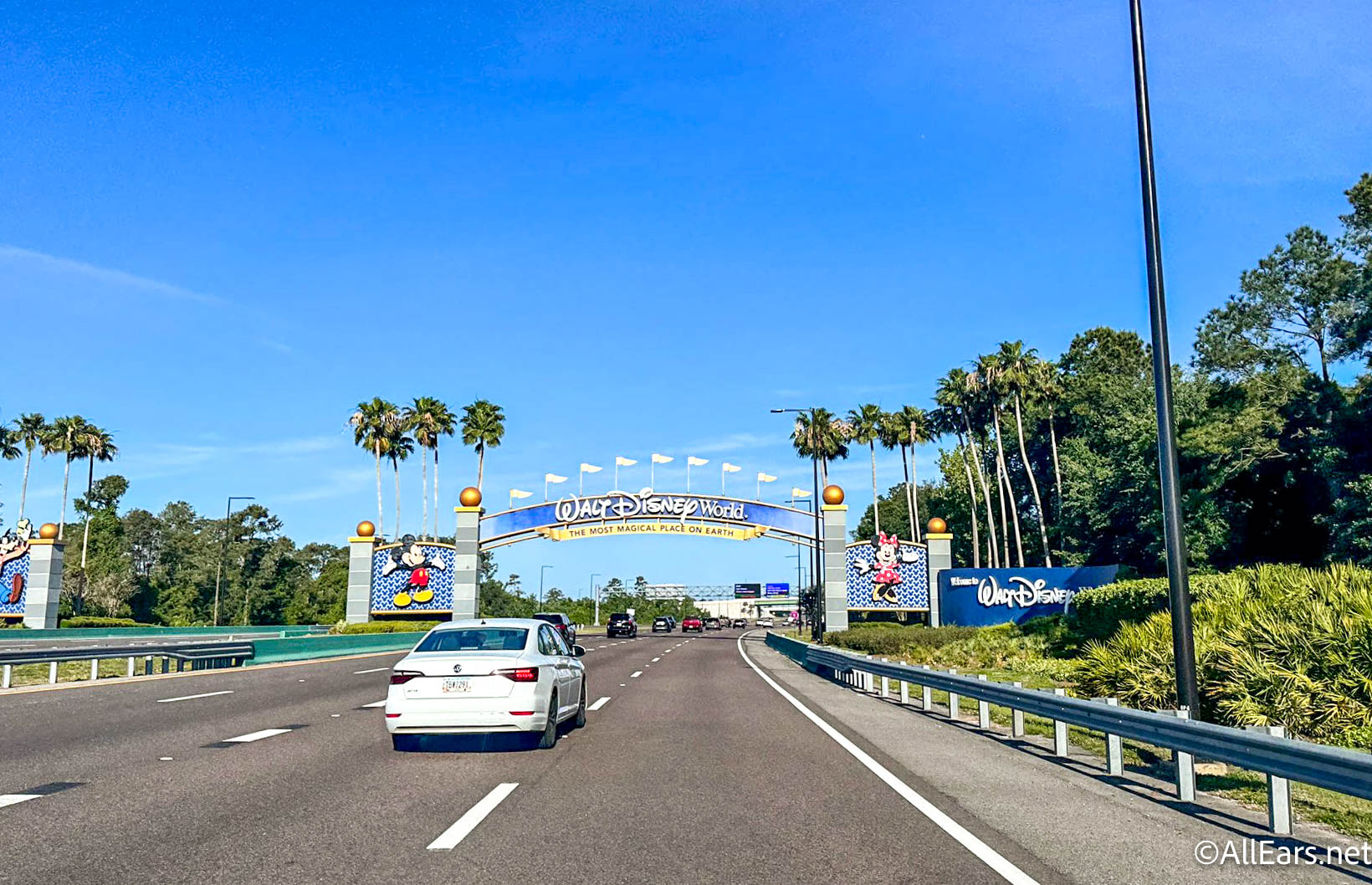

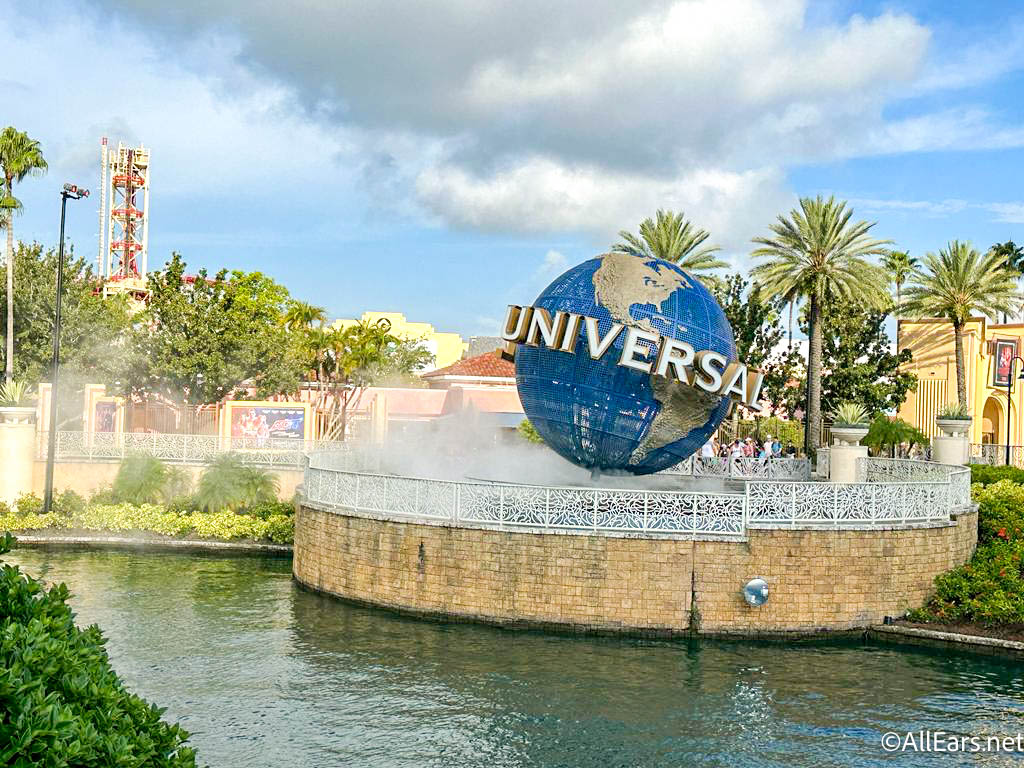











It seems some folks spend an awful lot of time looking for things to be offended by. I’m not one of them. None of the films listed were intended to be offensive. I can accept them for what they were/are.
The Prince in Snow White actually met her first. They shared a song of mutual longing. He appears to her at the end and kisses her because he thought he lost his chance to be with her. Do at least get your facts straight before you point fingers in accusation.
👍
Why stop there. If your looking to be offended you can find something to call offensive in every movie ever made. So, I guess nobody with an accent can ever sing a song about being lazy without their entire race being thought of as lazy.
Interesting article. While there’s nothing factually incorrect about what the author states, the wider issue is that it had to be written at all. By that I mean several things: One, most Americans (Disney fans includes) are disgracefully ignorant regarding our history, and the fact that this article had to be written affirms that. As a historian, and long-time Disney enthusiast, none of this was new to me. When looking at the past, be it a film/song/book etc…you have to understand the context under which said work was created and be careful not to judge it within the lense of our own time. Yes these depictions are stereotypical, but locking them away, or worse pretending they don’t exist, won’t change the past, nor will it do us any good in understanding why they were portrayed as such, and where we’ve come from as a society. The key is to better understand the parameters under which a work was created and appreciate its artistry for what it is. Is “Song of the South” racist by today’s standards? Yes. But pretending the film doesn’t exist ignores how groundbreaking it was, and ultimately does more harm than good. Only by looking at a work objectively can we both enjoy it and understand why said depiction would not be acceptable today.
So very well said! As I read your thoughts, Rob, they led me to think that perhaps viewing these films might also offer an opportunity to open great dialogue about history, what used to be accepted as okay but isn’t now, and why. Teachable moments!!
Does not anyone ever think or admit, The past is the past.
If we do not remember history, we, as a species, go out of our way to repeat it.
Since there is no such thing as (Time Travel), we realize that yesteryear things/actions are not acceptable by today’s wisdom. (wisdom????)
Leave yesterday alone and work in today!!!!!!!